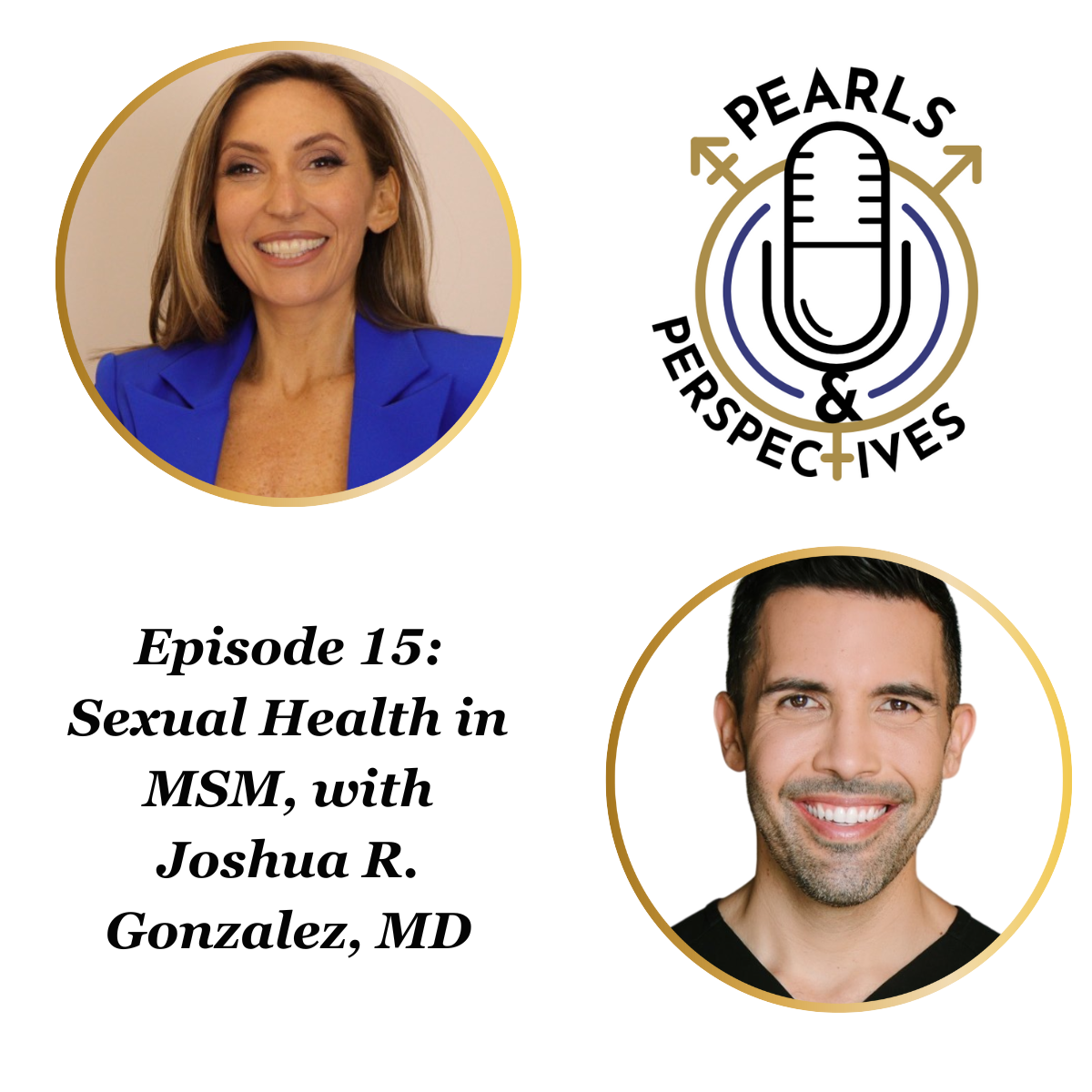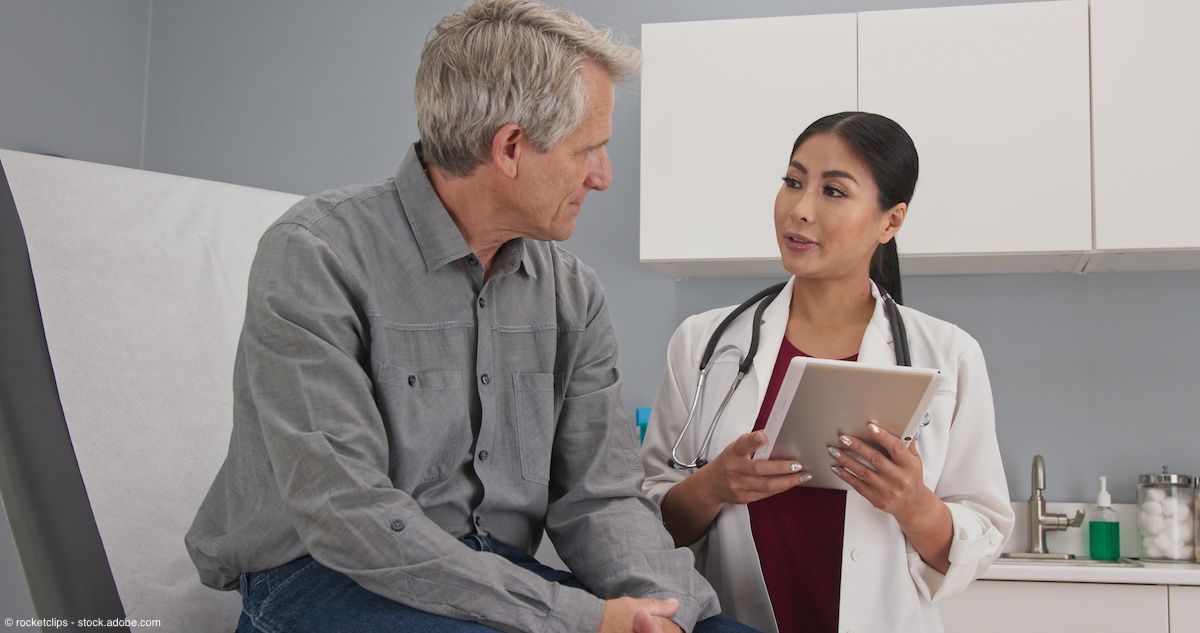Video
Testosterone therapy is noninferior to placebo when comparing cardiovascular adverse events
Author(s):
"The principal finding was non inferiority," says A. Michael Lincoff, MD.
In this video, A. Michael Lincoff, MD, shares notable findings from the recent New England Journal of Medicine study, “Cardiovascular Safety of Testosterone-Replacement Therapy.” Lincoff is vice chairman of the Robert and Suzanne Tomsich Department of Cardiovascular Medicine and an interventional cardiologist in the Sydell and Arnold Miller Family Heart, Vascular & Thoracic Institute at Cleveland Clinic in Cleveland, Ohio.
Transcription:
What were some of the notable findings? Were any of them surprising to you and your coauthors?
The TRAVERSE trial was a single trial that was designed to meet that FDA mandate. Four different manufacturers of testosterone products got together and worked to have a unified trial. A single product was used; it was androgel 1.62% testosterone gel. [The study included] around 5200 men, age 40 or older, with 1 or more symptoms of hypogonadism. Importantly, they had to have documented 2 testosterone levels below 300 ng/dL in morning draws, which does distinguish from what's often a misuse in some of these T clinics where they're not even drawing cholesterol. They had to have high risk for cardiovascular disease, either because they had pre-existing coronary artery or peripheral vascular or cerebrovascular disease, or they were at high risk; they had 3 or more classic risk factors for cardiovascular disease. Those patients were then administered the testosterone gel or placebo gel. We used a blinded algorithmic-based approach to adjust their doses to achieve a testosterone level between 350 ng/dL and 750 ng/dL and to make sure that their hematocrit didn't go above 54%. This was a close monitoring, which also doesn't necessarily model what's happening in some clinical practices. The average treatment duration was 22 months; the average follow-up was 33 months. One surprising finding was about 60% of the people over the course of the trial actually came off the study drug - primarily their own choice, with virtually identical rates in the 2 treatment arms. The principal finding was non inferiority, which was defined as the upper limit of the hazard ratio of less than 1.5. The hazard ratio was .96, so it was a virtually identical outcome between the 2 treatment groups. The upper limit was 1.17, so well below the criteria for non inferiority. We also, importantly, recognizing that there would likely be patients coming off study drug as part of normal trials and normal practice, did sensitivity analyses where we censored events happening at some period after discontinuation of study drugs, because intention to treat does preserve the integrity of randomization, but it can weaken safety signals and bias toward non inferiority if patients are off drug. If you think about it, the best way to have 2 treatments look the same is for nobody to be taking either one of them. With our sensitivity analysis, we had exactly the same findings. The hazard ratio was 1 and the confidence intervals for a variety of different sensitivity analyses were well below 1.5. In terms of cardiovascular safety with other end points, the only thing we saw a trend toward was a slightly increased risk of pulmonary embolism. It was about .5 vs .9%. We did exclude patients who had prior pulmonary embolism or DVT. The only other adverse events that popped up—and these are investigated reported, not adjudicated—was a higher risk of atrial fibrillation and of acute kidney failure. They were very small differences. We did not consider this expected. It's hard to know if this is the play of chance. So I guess as surprising findings go, that was surprising. We don't know if those are real or, as I say, just the play of chance. But those were the principal outcomes.
This transcript was edited for clarity.
Newsletter
Stay current with the latest urology news and practice-changing insights — sign up now for the essential updates every urologist needs.

















